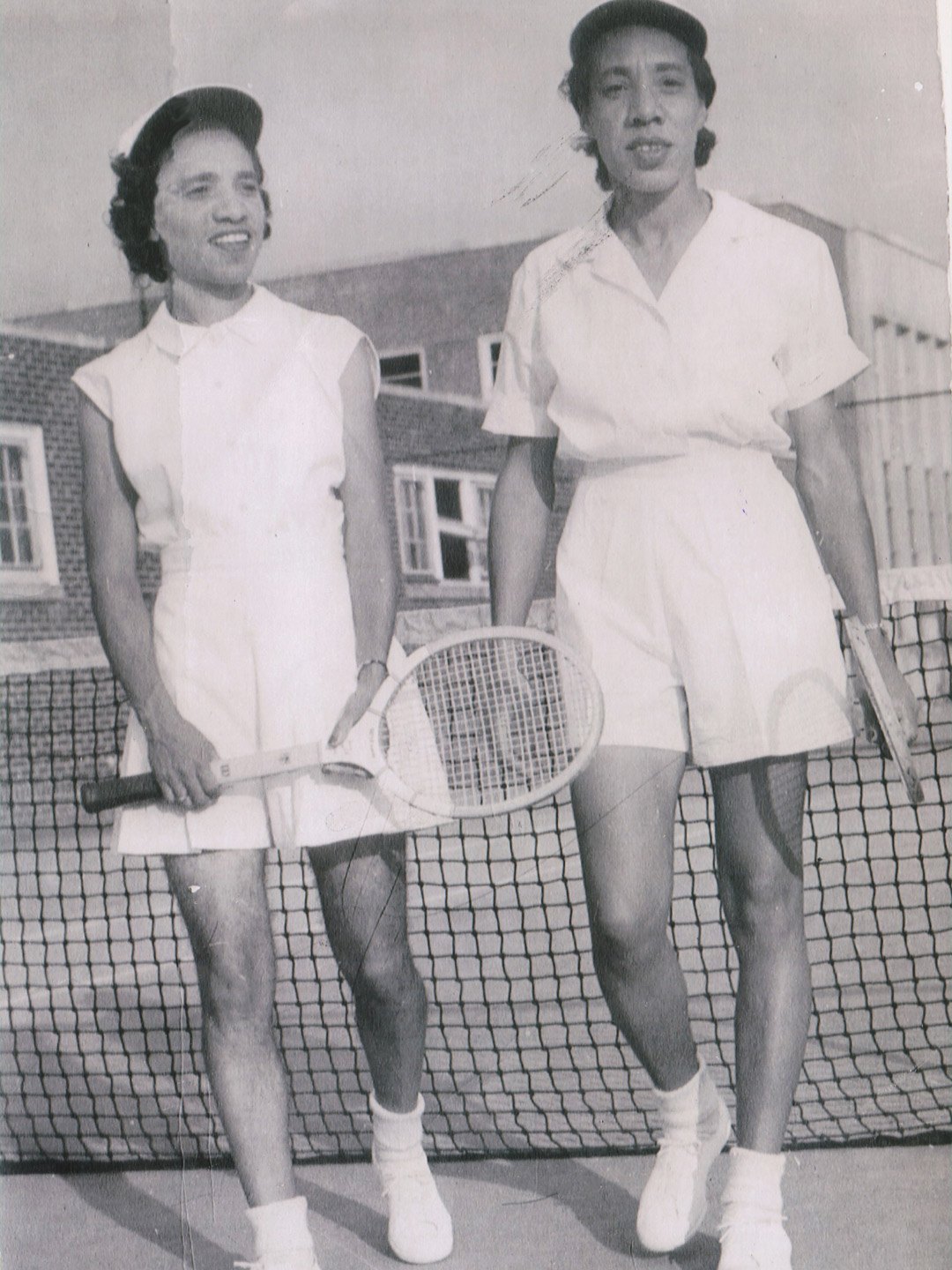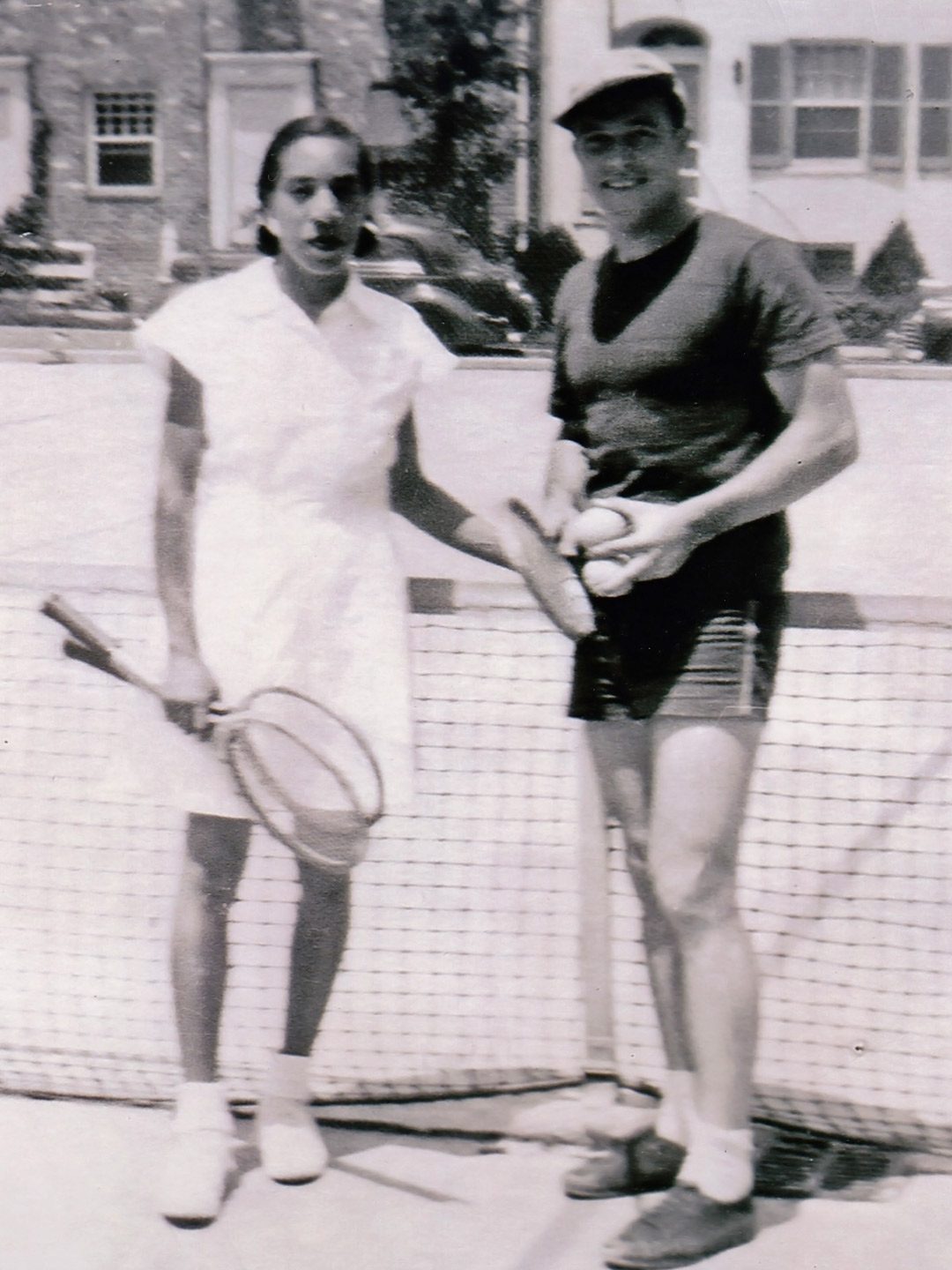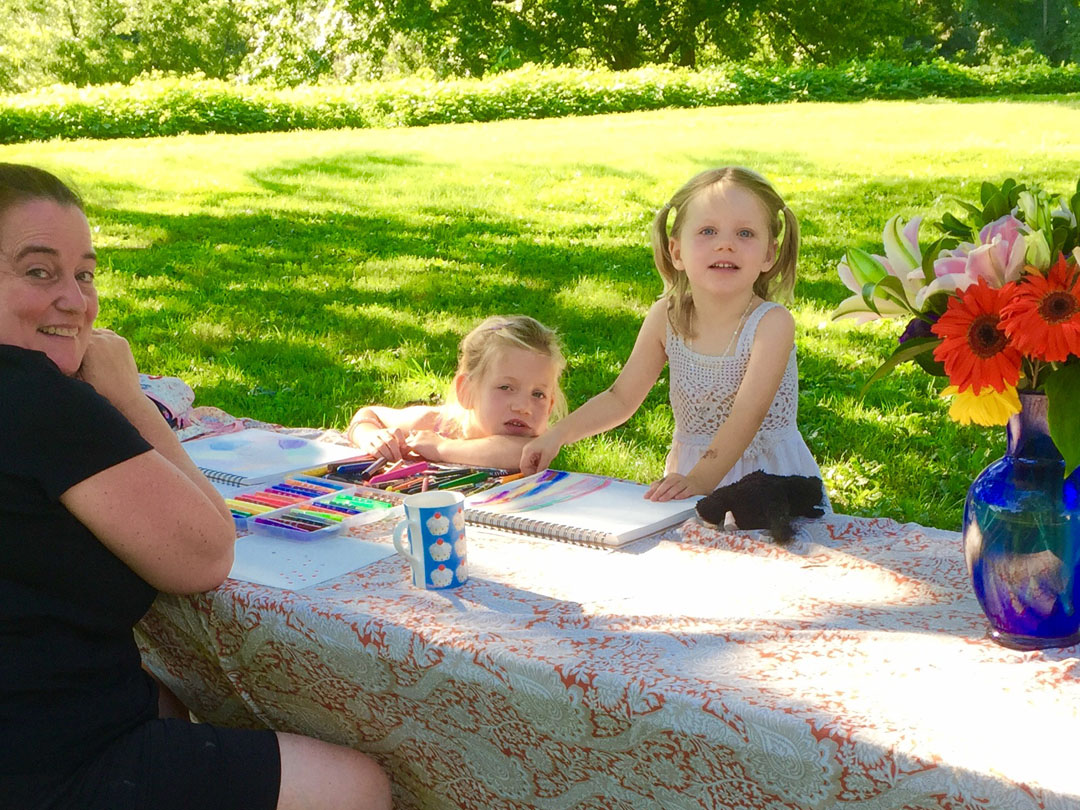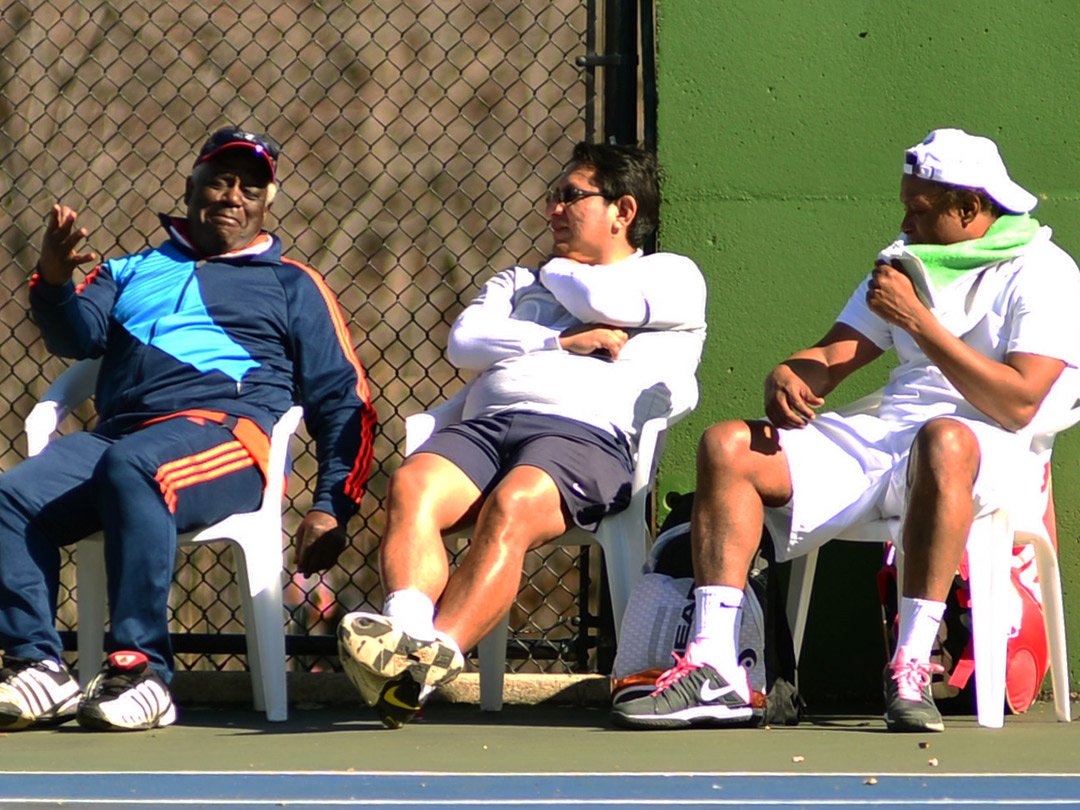History
Rose Park, known at various earlier times as Pattersons Park, Jacobs Park, and Winships Lot, was remodeled by the Department of Recreation in the late 1930s and by the early 1940s was frequented by both the black and white Georgetown community.
Around 1945 the D.C. Recreation Department, in an attempt to segregate the playground, posted a “For Coloreds Only” sign, which was widely protested by black and white members of the community. The sign was removed, never to reappear again, and the city finally acknowledged that Rose Park was one of the first integrated parks in the District.
The park was frequented by tennis greats. Sisters Margaret Peters and Roumania Peters Walker, who lived just around the corner from the courts at 2710 O Street, N.W., had their start at the courts and played regularly from the 1930s through the 1980s. They played tennis with Gene Kelly on the Rose Park tennis court in the 1940s.


Recreational activities continued in the park, including boy scout troop meetings (sponsored by Mt. Zion Church and other local churches) and summer camps in the Community House. The Rose Park Warriors, a baseball team famous throughout the city, played in the park in the 1940s and 1950s as did other neighborhood teams from P Street, 27th and Olive Streets, 32nd Street, 37th Street, Cherry Hill, Herring Hill, and Grace and K Streets south of M Street.
Park use lapsed in the 1960s and 1970s but rebounded in the 1990s and the 2000s, especially in the late 2000s with the tremendous birth rate and influx of families with small children into the neighborhood.



Recent Comments